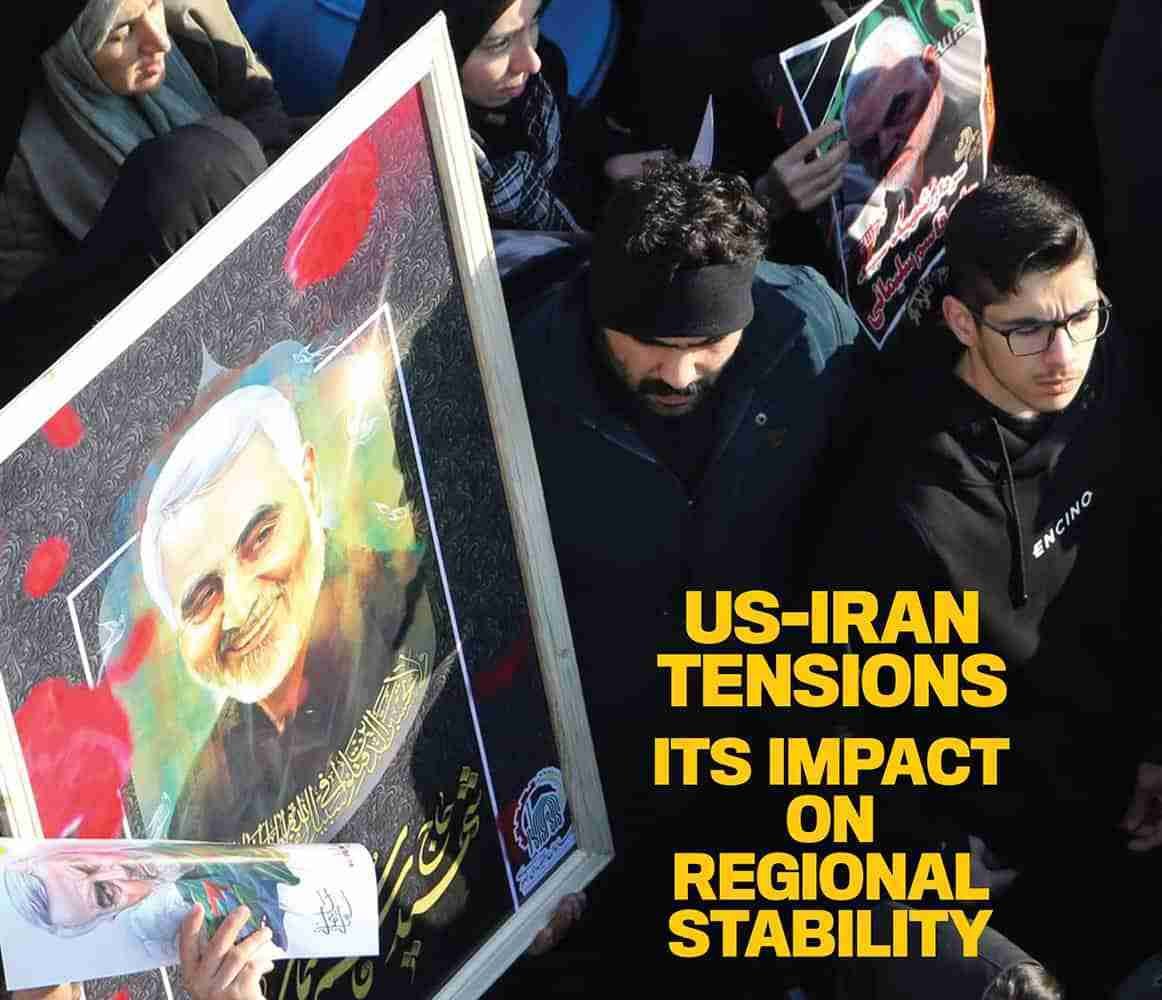The Citizens Amendment Act (CAA), passed by both Houses of Parliament, merely seeks to provide relief to minorities of three Islamic countries, Afghanistan, Pakistan and Bangladesh, who have fled and sought shelter in India on account of religious persecution. All that the Amendment has done is one, define who can be considered a migrant, two, reduce the time period of legitimate stay for consideration for citizenship from 11 years to 5 years and three, bring in a clause that such people cannot be prosecuted.
A detailed analysis of the Act confirms that it is in accordance with the Indian Constitution and that the rights guaranteed under Section 14, 15 and 21 have not been compromised for any Indian citizen. It was debated in Parliament and passed by a majority vote, reflecting the will of the people. But, despite the factual position being known, imaginary fears are deliberately being fuelled, which appear motivated. This has created a sense of unease in the minds of a section of society, leading to protests against the CAA in some parts of the country, with most protesters having little idea of what they are protesting about. While protests in a democracy are part of the democratic process, what is of concern is the violence associated with the ongoing protests and the closure of some roads which has adversely impacted on the life and liberty of other citizens.
The coordinated manner in which false information is being spread points to sinister designs at work to weaken the credibility of the government and to undermine the secular ethos of India. The protests being carried out across the country receive continuous media coverage, but every event shown by the media may not be a true reflection of Indian society. It only represents those who have come out on the street. Apprehensions appear to have been propagated
by vested interests to give an impression that all is not well. In this, the backing of foreign powers also appears probable.
Dissent is an essential part of democratic functioning and is only to be welcomed. People will have different views, and these need to be articulated. But the means of articulation can- not ever cross a threshold where the lives and liberties of others get impacted. When roads are blocked and people prevented from going about their normal routine, then we are slipping into anarchy. A small segment of society cannot take to the streets to demand the repeal of laws which have been passed by Parliament. If they are not satisfied, they can protest in a peaceful manner in places designated for holding such protests. Or they can seek redress in the courts. But they cannot attempt to subvert the will of the people through the blatant use of force and obstruction. That is the surest road to anarchy. If we accept that as a principle of democratic functioning, then no bill will ever get passed in Parliament as some segment of society or the other may feel aggrieved.
What is being witnessed in the protests against the CAA is a classic case of information warfare, to shape the information environment. The opinion of a large segment of India’s youth, especially its students have been influenced to believe that the CAA will deprive millions of Muslims of their Indian citizenship. Many students also believe that the CAA is aimed at appeasing Hindu nationalists. Nothing could be further from the truth but the way false information has not only been spread but found a great deal of credibility among vast segments of society points to inimical forces working full time to destabilise the country. This needs to be countered with an effective perception management campaign, for which the government, media and civil society must play a major role.


